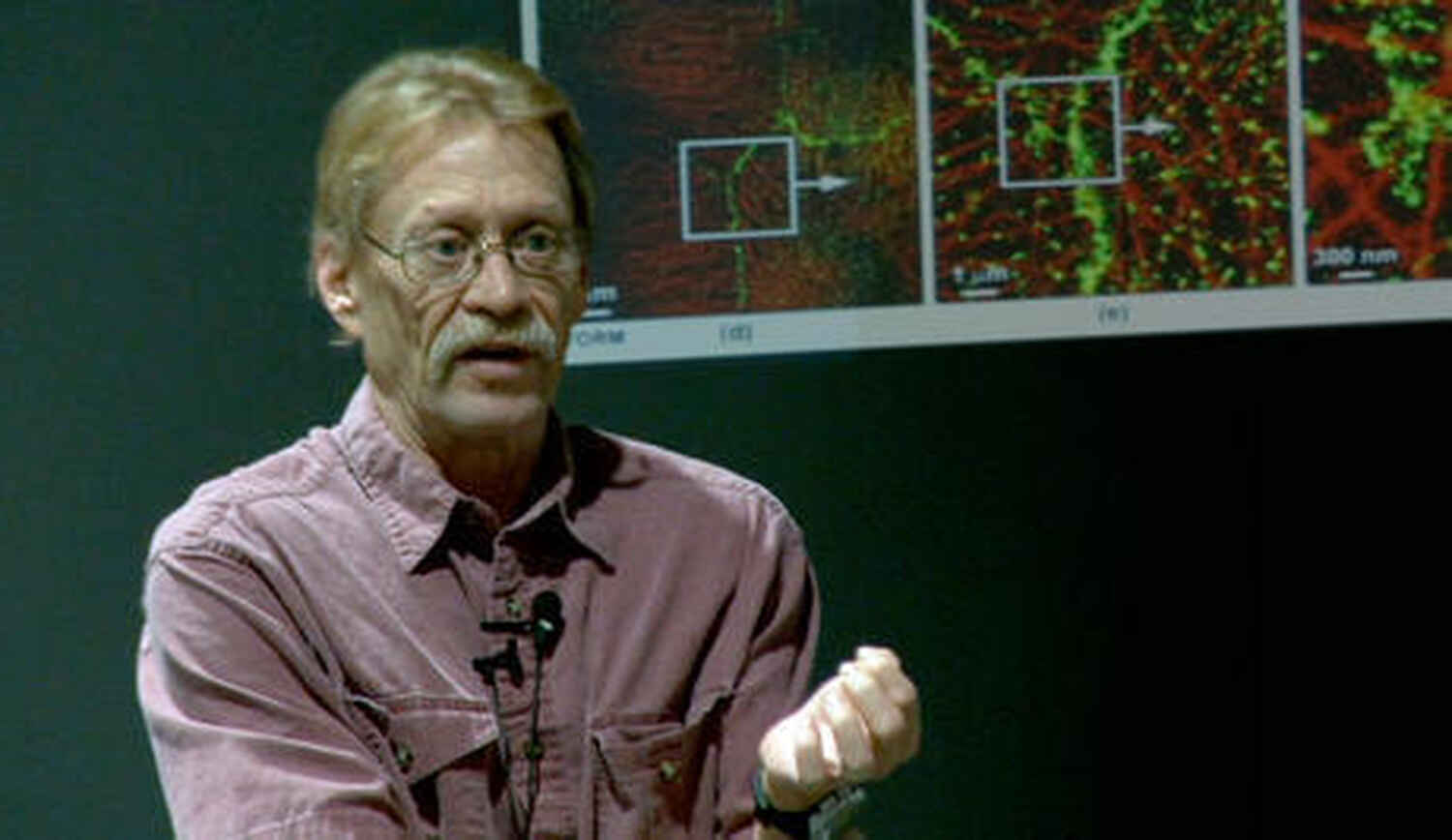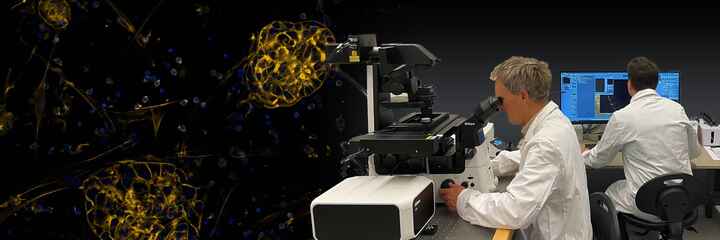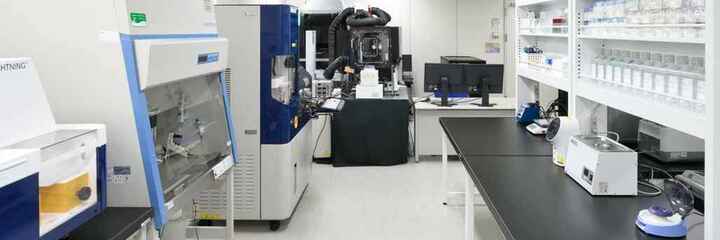Notícias
Michael W. Davidson (1950-2015)
jan. 19, 2016

On Christmas Eve, Nikon lost long time colleague and friend Michael W. Davidson, of the National High Magnetic Laboratory at Florida State University. He passed away surrounded by family and friends after a courageous battle with cancer.
Mike dedicated much of his career to furthering knowledge in all aspects of microscopy. He worked tirelessly as a teacher and mentor to countless students working at his lab, sharing his vast knowledge of microscopy, web development, imaging and biological sample preparation.
Mike’s formal relationship with Nikon dates back to the mid-1990’s, at a time when he was expanding his imaging laboratory at FSU. Nikon’s Industrial Division (now known as Nikon Metrology) provided a Microphot-FXL, a research microscope that featured a large stage that could accommodate semiconductor microchips. The microscope included a camera system, allowing Mike to photograph a series of unique integrated circuits he had collected. Mike’s "Silicon Zoo" photomicrographs garnered a significant amount of attention due to the fact that they revealed hidden microscopic doodles that engineers had included in their chip mask designs. By photographing these microscopic drawings, he uncovered an artform unknown to the general public. These photographs quickly positioned Mike as a foremost authority on imaging through the microscope.
Our relationship with Mike took a giant leap forward in the early 2000’s, when Mike turned his attention to biological imaging. Nikon had been a player in this market for many years, and the industry was on the verge of one of the most significant advancements since the invention of the light microscope: digital imaging. Nikon began equipping the Davidson lab with the latest state-of-the-art microscope and imaging technology. That combined with Mike’s unique blend of microscopy, imaging and biology experience put him in a class virtually all by himself.
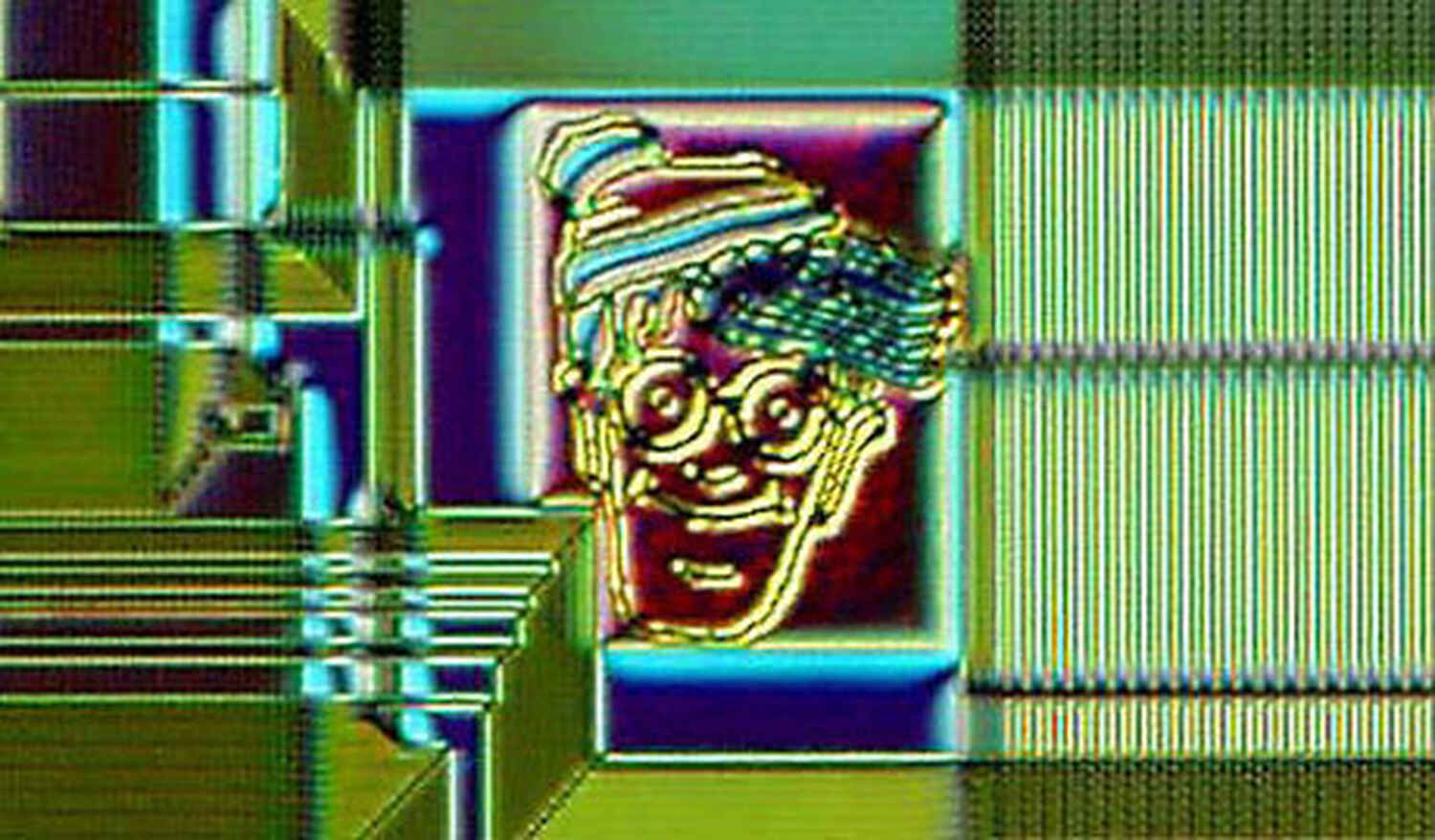

Meanwhile, throughout all of Mike’s imaging and microscopy endeavors, he never lost sight of his primary role- that of an imaging and microscopy educator. It was that commitment and vision that inspired the creation of a joint project between Mike Davidson’s Lab at Florida State and Nikon Instruments- a non-commercial educational website called Nikon MicroscopyU.
Mike was a visionary who saw the relatively new (to the general public) World Wide Web and was quick to recognize it as an invaluable tool to further his educational efforts. Nikon Microscopy U was the result of this. The joint effort with Nikon created a website that was at the time cutting edge, not only from a content and web technology perspective but from a business perspective. Joint efforts between corporate and academic entities were quite unique at the time.
During these years, advances in digital imaging technology led to breakthroughs in biological imaging - including a host of new techniques and products that were bringing capabilities to microscopy that were unimaginable just a few years before. Mike supplied the world with imagery using this advanced equipment via this new teaching website. In turn, many of these images were also used in Nikon’s advertising to help communicate these new technologies to the scientific community. All the while, Mike was exploiting this new technology to teach himself new and never before seen paths in biological imaging.
Mike was also a key player in the evolution of Nikon’s premier photomicrographic imaging gallery, Nikon Small World. After placing in the top 20 a few times, he moved on to be a key contributor to the operations of the contest. Over the past 20 years, he helped with the transition of the competition to digital, acting first as a judge and then a judges' consultant, while providing countless assistance in securing entries from scientists around the world. His contributions played a vital role in the explosive growth of the Nikon Small World competition, which is now the largest photographic competition in the world.
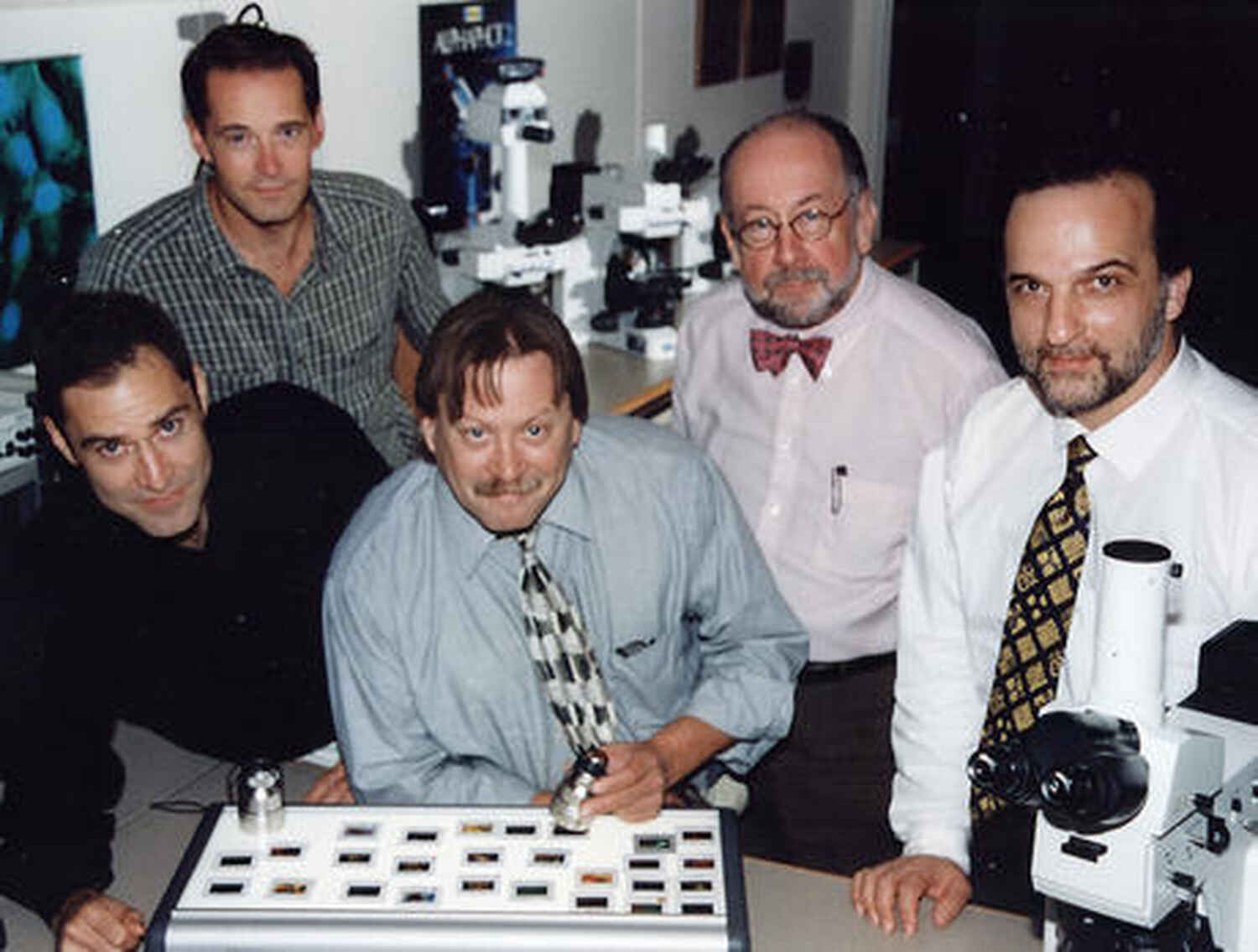
Mike also saw a related growth in microscope imaging through biological sample development. Mike used his team to develop the largest collection of fluorescent proteins the world has seen. He donated this collection to the world of science and to the National Institutes of Health for the advancement of the research community. His work with fluorescent proteins in turn, helped spur the development of super-resolution microscopy, a field of imaging which was recognized by the Nobel committee in 2014 as a significant achievement in science.
Throughout the years, Mike rose to fame within the bio research community, and was a widely regarded imaging authority who frequently taught and spoke at imaging seminars. He also aided countless young researchers that have - or will - go on to make even bigger and better contributions to science.
Mike has remained a mentor, a colleague and a friend to us at Nikon and his unique blend of knowledge, vision, and discipline (we remember him arriving at the lab no later than 4am) is unrivaled. Those of us who worked with him here not only learned from him, but are forever changed for the better for having had that privilege. Rest in Peace Mike. You have touched so many of us.
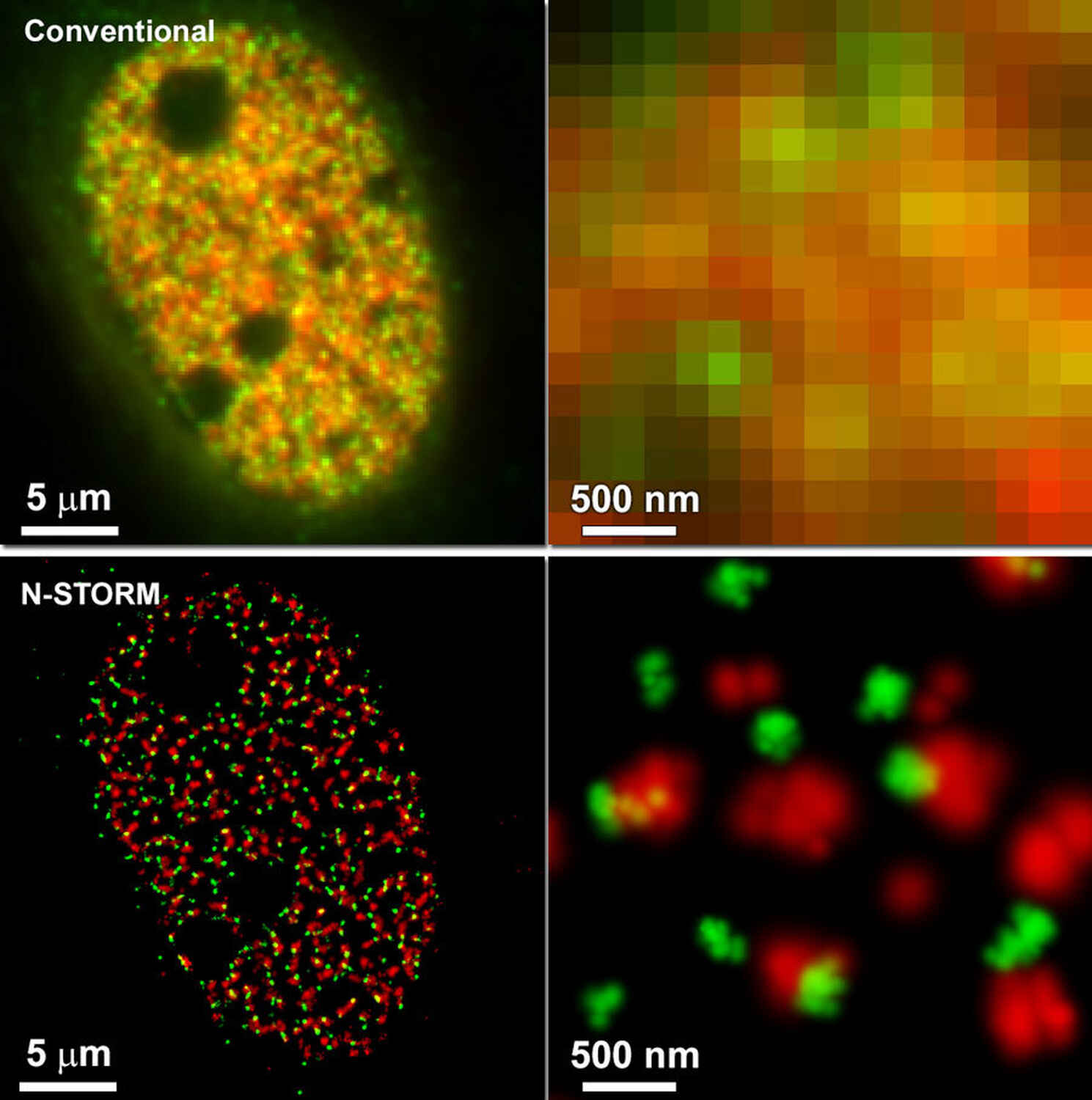
Throughout the years, Mike rose to fame within the bio research community, and was a widely regarded imaging authority who frequently taught and spoke at imaging seminars. He also aided countless young researchers that have - or will - go on to make even bigger and better contributions to science.
Mike has remained a mentor, a colleague and a friend to us at Nikon and his unique blend of knowledge, vision, and discipline (we remember him arriving at the lab no later than 4am) is unrivaled. Those of us who worked with him here not only learned from him, but are forever changed for the better for having had that privilege. Rest in Peace Mike. You have touched so many of us.
